Many fashion brands embed themselves into their country’s culture, incorporating it throughout their collections. In Italy, for example, Versace and Dolce & Gabbana adopt the notorious ‘la dolce vita’ philosophy. In France, Chanel and Saint Laurent demonstrate typical Parisian sensibility. The United Kingdom, however, is home to one fashion brand that, above all others, is synonymous with the characteristics of its home country. That is, Burberry.
Carrying royal warrants from both Queen Elizabeth and Prince Charles, the fashion houses outwear, specifically their trench coats, can be spotted on almost every member of the royal family, including, but certainly not restricted to, the Duchess of Cambridge. As fashion houses like Mulberry move their production abroad to cut costs, we must ask whether Burberry is still a ‘Made in Britain’ brand?
Owing to its luxury status, Burberry has a vast international presence in high-end stores like 24S, Nordstrom’s, and Harrods. Part of its allure comes from its rich, British heritage, so it may come as no surprise that, since its creation, the brand has been interwoven with everything from royal fashion to pop culture. Would Burberry be as popular without its ‘Made in Britain’ heritage?
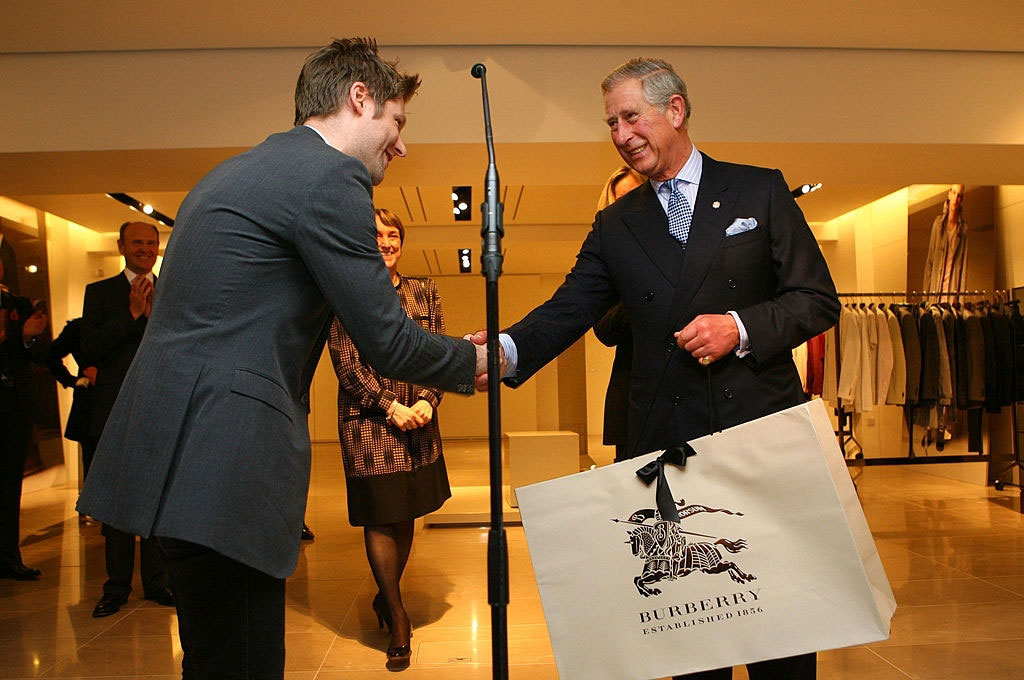
Burberry’s Changing Production
Before brands like Tory Burch shifted their production to China, Burberry was already contemplating a move out of Europe. It was in 2006 when the company announced its plans to shift production from one of its factories in South Wales to China. It came when Burberry was recording profits of £84 million, with the move putting over 300 jobs at risk. The iconic brand, famous for its women’s trench coats and heritage prints, subsequently swapped its ‘Made in Britain’ motto for a ‘Made in China’ image.
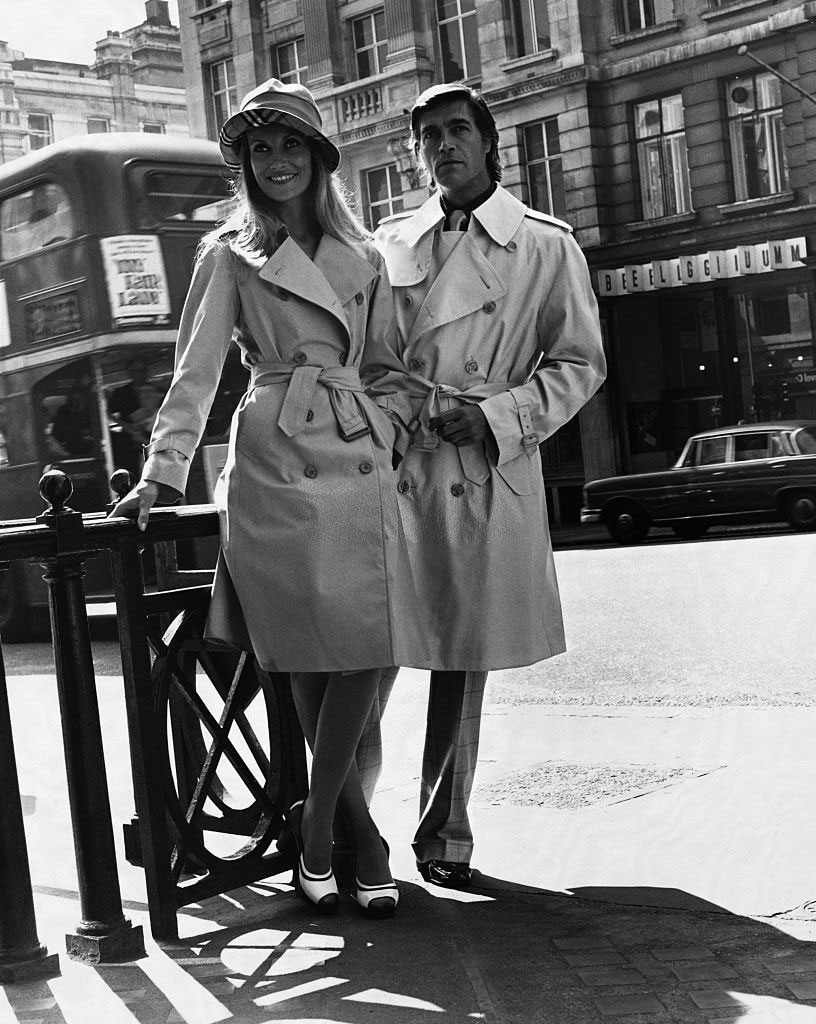
Burberry was even brought in front of a Parliamentary Select Committee to justify its move, with employees putting up a fight to keep the factory open. Three years later, another 170 jobs were moved from the brand’s factory in Rotherham to China, quickly followed by the two remaining Yorkshire factories.
While Burberry continues to trade under its ‘Made in Britain’ image, the reality of the situation paints an entirely different story. After moving most of its production away from its original factories, only the Castleford and Keighley sites remained. It is here where trench coats and outerwear are primarily manufactured. Several signature bags are now also produced in Italy, where Burberry has taken charge of in-house goods supplies.
Burberry isn’t the only British brand to build its aesthetic on its heritage, before moving its manufacturing further afield. Mulberry, one of Burberry’s direct competitors, moved its production from Somerset to China.
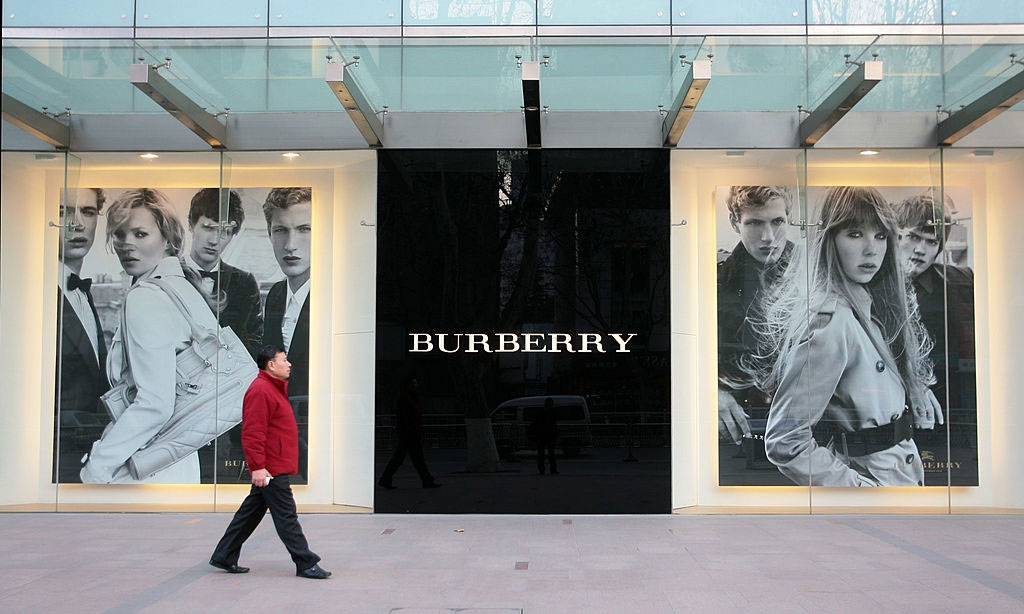
Burberry’s Centre for Manufacturing Excellence
Although its presence in British manufacturing is a shadow of what it once was, the brand continues to promote its ‘Made in Britain’ aesthetic. In 2020, the luxury fashion house launched its ‘Centre for Manufacturing Excellence’ at its Castleford factory in Yorkshire.
The brand described the initiative as part of its long-lasting investment into manufacturing. Burberry says that their new training facility is designed to “protect the traditional, artisanal skills that underpin Yorkshire’s textile industry” and nurture the talent of the next generation. Although Castleford is one of the two remaining Burberry factories in the UK, the luxury brand is keen to promote it as part of its heritage.
The training facility operates in partnership with the UK Fashion and Textile Association, providing the Burberry manufacturing team with unique training opportunities while giving the local community another route into the industry.
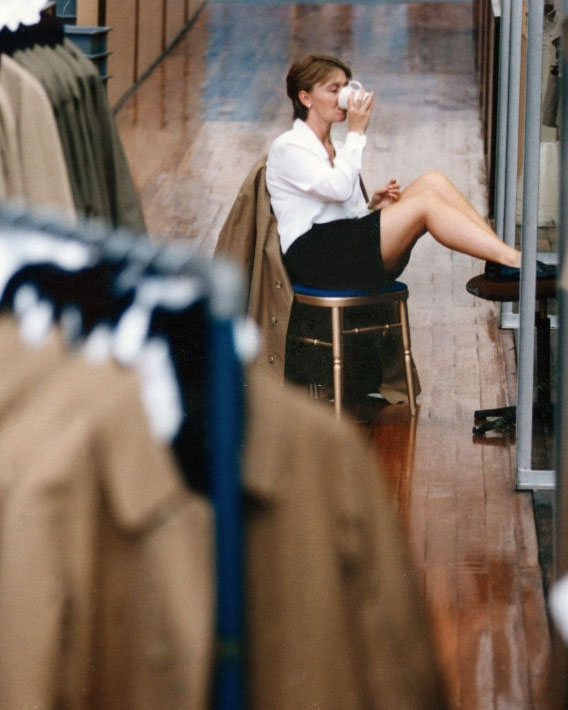
Burberry’s VP of Internal Manufacturing, Lise Edwards-Warrener, claimed that the brand “firmly believes in protecting artisanal skills, nurturing talent and investing in British fashion manufacturing”. Although most of its production has left the British Isles, it appears as though Burberry will never close the door on British manufacturing. Something which, almost undoubtedly, has been showcased in this new training facility.
Burberry says it takes up to a year for a trainee to learn the correct sewing technique. Using over 100 separate processes, the company’s trench coat is still handmade at the Castleford factory. Though, their best-selling handbags carry the ‘made in Italy’ emblem.
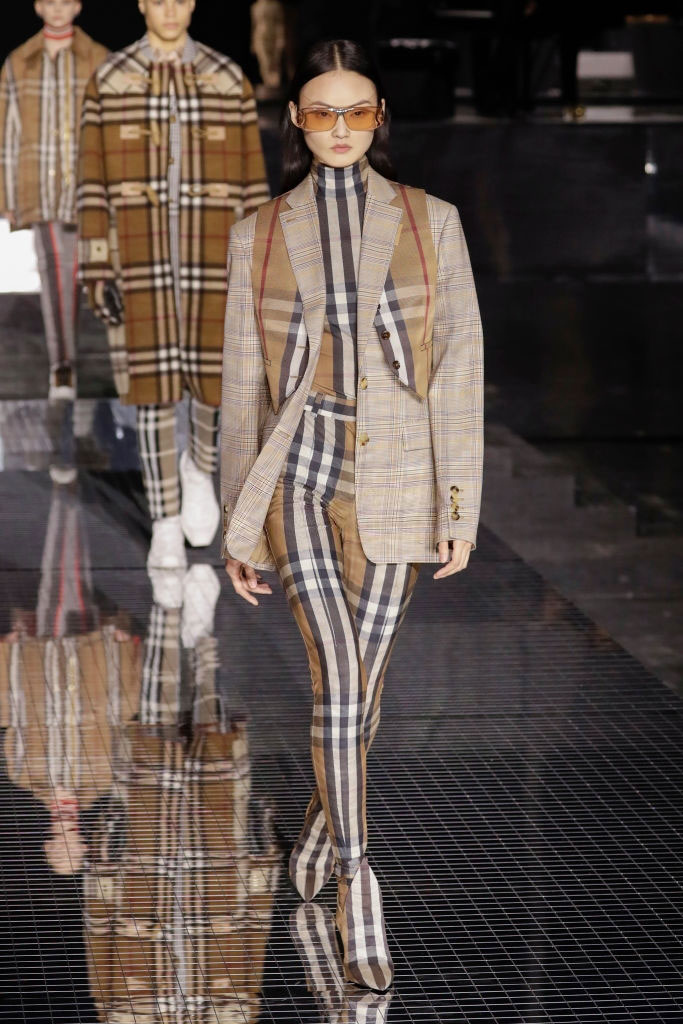
Can Burberry still call itself a ‘Made in Britain’ brand when only one of its hallmark products is made within the country? As part of the growing trend in which luxury brands move their productions to cheaper facilities, while still attempting to maintain their original allure, the answer may not be so straightforward. While Burberry describes British manufacturing as its “foundation”, the future of their British factories remains uncertain.
